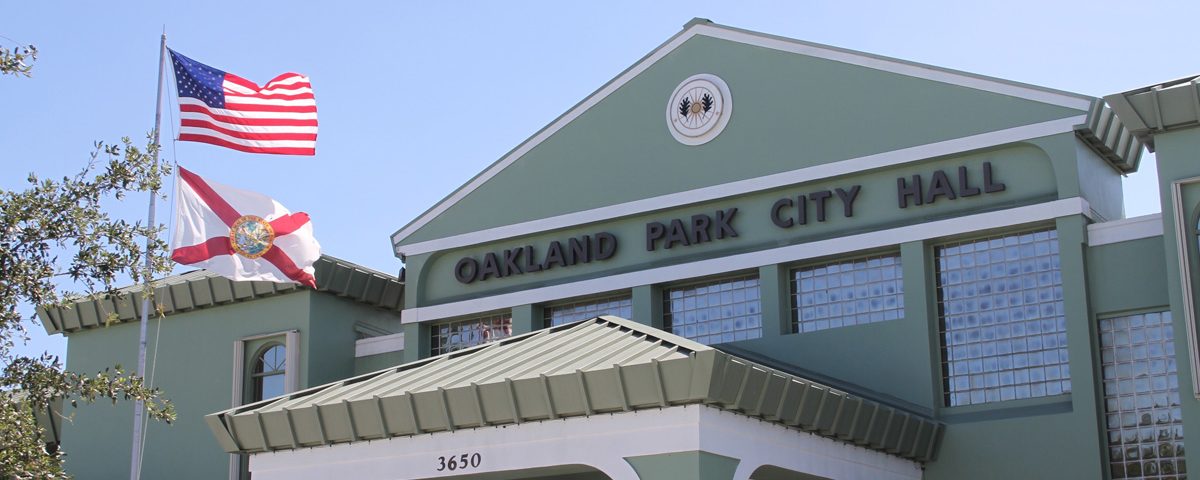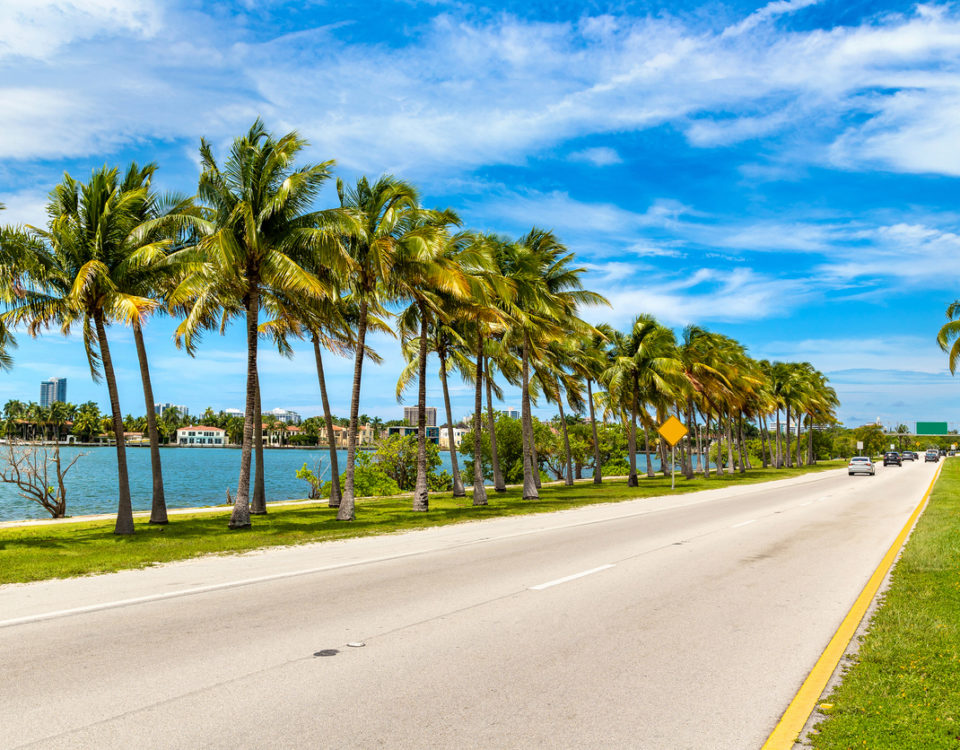History of Oakland Park

Things to Do in Oakland Park
July 8, 2018
Oakland Park Library
July 11, 2018Oakland Park, FL has a long, rich, and diverse history, dating all the way back to 1901. Over the past 117 years, the city has overcome numerous hurdles and developed into one of the most popular and exciting seaside resort cities in Southeastern Florida.
Until the mid-to-late 1800s, Southeastern Florida remained mostly-undeveloped and untouched by immigrants. Advances in technology, however, allowed settlers to carve out habitable spaces on the country’s southern peninsula. It was not until 1901 that the first non-native settlers set foot in what we know today as Oakland Park.
Oakland Park’s First Settlers
In 1901, Tom and Netta Whidby migrated south from Georgia and became the first permanent white settlers in Oakland Park. At the time, the region was known as Colahatchee. The Whidbys, enamored by the area’s seaside setting and favorable climate, decided to set down roots and build a farm. Shortly after the Whidbys arrived, others followed suit.
In the early 1900s, Colahatchee became a thriving agricultural hub, featuring abundant and bountiful bean and pepper fields. The region quickly attracted hundreds of families and drew the attention of local development companies.
Floranada is Born
In 1923, a Miami development company formally announced that the area known as Colahatchee would, from here on out, be known as the subdivision of Oakland Park. The company threw a wildly popular BBQ, featuring free food and drink, to support its new endeavor. More than 5,000 people from surrounding counties, including Dade, Broward, and Palm Beach, flocked to the event and witnessed history.
By 1925, Oakland Park had developed into a thriving community in a part of the country that was rapidly expanding. The small district was so popular that it gained the attention of the American-British Improvement Company, a large international investor. The company formally incorporated the area, rebranded it as “Floranada,” and significantly expanded its boundaries.
Floranada began to undergo significant changes. The incorporated city was placed under the watchful eye of Dewey Hawkins, who was elected to the city council in 1925 and named mayor. Investors envisioned that the seaside community would be a rival to Palm Beach, a nearby resort town. Plans for Floranada included two golf courses, a yacht club, polo grounds, an aviation field, tennis courts, and hotels.
Natural Disaster Strikes Floranada
By 1926, Floranada had an all-time high population, a thriving economy, and several buildings and attractions in the works. Unfortunately, plans for Floranada were halted when a devastating hurricane tore through the city, destroying everything in its path.
Floranada was forced to declare bankruptcy and end development efforts as a direct result of the hurricane. The American-British Improvement Company essentially gave up on the city and moved on to greener pastures. Over the next few years, the city’s population dwindled as job opportunities dried up. Despite these setbacks, local residents took control of the town and continued to build infrastructure, government buildings, schools, stores, and homes.
The Reincorporation of Oakland Park
Larger local cities, including Fort Lauderdale and Pompano Beach, recognized Floranada’s potential and offered to absorb the small town. On July 1, 1929, Floranada residents gathered and decided to reject these offers. Instead, they reorganized and reincorporated the city as Oakland Park, a tribute to the towering oak trees that once lined the city. Floranada was officially abolished, and the City of Oakland Park was born.
Historians note that reincorporating the city was a particularly odd choice, since all Floranada’s debts and liabilities were paid off in the bankruptcy process, paving the way for a successful future. However, residents of Oakland Park were likely unhappy with the changes made by the international investors and large corporations and wanted the city to reflect their own values.
Since reincorporating as the City of Oakland Park in 1929, the Broward County community has been one of the most popular destinations in Southeastern Florida. The city’s original residents worked hard to create a city that embraced local culture and diversity.
Many of the buildings that were constructed in the early-to-mid 1900s, including the post office and elementary school, still stand today, and offer a terrific glimpse into the city’s interesting history. Some of the city’s most popular parks and green spaces also stand on the footprint of some of Oakland Park’s earliest farms. In fact, Jaco Pastorius Park sits on what used to be Whidby Farm, Oakland Park’s very first permanent settlement.
Oakland Park Meets Hollywood
Oakland Park has also benefited from Hollywood success. If you’ve seen the 1982 movie Porky’s, you should be familiar with Oakland Park. The story follows local teen boys and their “raucous escapades” at a local Oakland Park bar. After the movie’s debut, Porky’s Hideaway, the inspiration for the film, was an incredibly popular destination for tourists and residents, alike.
When you visit Oakland Park, be sure to visit its local historical landmarks. The city has taken great measures to preserve the city’s rich history and early struggle to create a unique and diverse seaside city.




